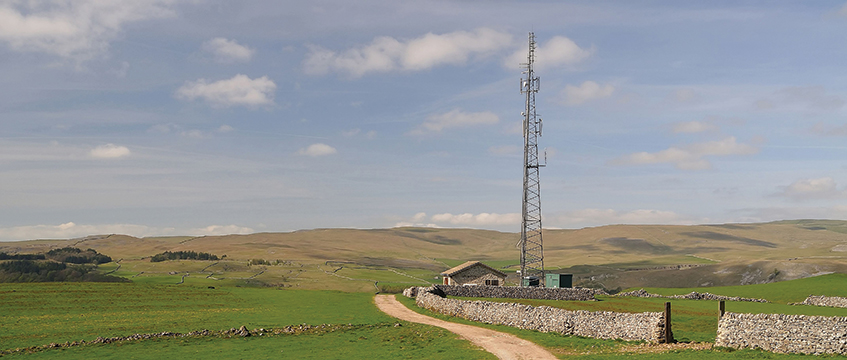The Court of Appeal has ruled in a complicated dispute over the operation of the Electronic Communications Code affecting holders of intermediate leases.
The Code, introduced in 2017, regulates the relationship between landowners and operators of mobile phone masts and was designed to help the roll out of a new 5G infrastructure.
It led to a wave of litigation that culminated in the Supreme Court’s landmark ruling in Cornerstone Telecommunications Infrastructure Ltd v Compton Beauchamp Estates Ltd last year. That ruling largely backed the mast operators.
Cornerstone specially focused on whether operators who had equipment on a site prior to the new code could use the regulations to acquire new or better rights from the owner.
Even so, the Code and subsequent litigation has not yet covered all situations, a case in point being last week’s ruling over a fire station that has been converted into a bar in Bingley, West Yorkshire, used by Vodafone.
Vodafone, in agreement with the freeholder, put a mast in the tower of the fire station in 2002.
Since then, the freeholder has changed a number of times, and in 2018 one of the freeholders gave another telecoms company, AP Wireless, a so-called intermediate lease on the tower that would come into force should Vodafone leave.
This case examines how the intermediate leaseholder’s rights are affected by the code.
When it went before the Upper Tribunal last year, Deputy President Martin Rodger ruled that the intermediate leaseholder should not be treated as a party to an agreement under the new Code. However, he said it should be re-considered by the Court of Appeal.
In a ruling handed down on Friday, a three-judge panel at the Court of Appeal overturned the decision and ruled that the holder of the intermediate lease is a party to the Code Agreement, and therefore, depending on the contractual circumstances, can take advantage of the new legislation.
Thekla Fellas, a partner at Eversheds Sutherland and an expert in Telecoms Code disputes, said that the ruling “should provide more comfort for developers, particularly of larger schemes where joint venture companies often take intermediate interest”.
“The intermediate lease structure is fairly common and can be used for many investment, funding, or tax reasons. The original finding gave rise to the potential sterilisation of land where an intermediate lease had been granted,” she said.
Anna Iceton, an associate director at law firm Bryan Cave Leighton Paisner said that, while the ruling adds clarity, it might not end the legal dispute.
“Affected parties can breathe a momentary sigh of relief,” she said. However, she added: “Given the importance of certainty in this area for both sides, a referral to the Supreme Court may well follow.”
Vodafone Ltd and Potting Shed Bar and Gardens Ltd
(Formerly Known as Gencomp (No.7) Ltd) v AP Wireless II (UK) Ltd
Court of Appeal (Lewison LJ, Phillips LJ, Nugee LJ)
14 July 2023










